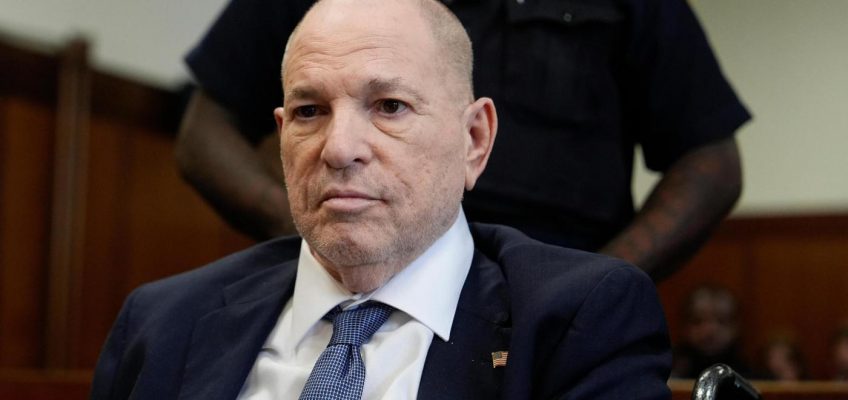WHAT IS THE BEST ONION CHOPPER?
Onions are a popular vegetable for spicing up meals and garnishing entrees — the average American eats 20 pounds of onions each year. But preparing onions can be messy, and as many people know, cutting them releases sulfuric compounds that cause our eyes to water. So slicing onions can be a tearful kitchen adventure. Onion choppers save the day by not only easily dicing onions but also trapping the eye-irritating odor in the machine.
What to know before you buy an onion chopper
Manual vs. electric onion choppers
Choppers are either manual or electric.
Manual choppers work by pushing the onion through the blade grid or pulling a string that rotates blades around the onion or other vegetables. They are usually less expensive, but the cutting can be inconsistent, which is a problem if the presentation is important.
Electric choppers have powerful motors that are more reliable and simply require pushing a button. They are more expensive but can handle larger quantities and offer different cutting styles.
Sizes
Many choppers are designed for slicing one onion, which typically meets the need of a single meal at home. If you need to chop a lot of onions at once for a party or larger meal, look at choppers that can cut multiple vegetables simultaneously.
Chopping options
The most basic choppers dice onions as they pass through the blade grid. If you need a thinner cut, you may need to manually cut the onion before putting it in the chopper, or put the first cut of onion through the chopper again.
Many choppers come with multiple blades that can be interchanged for different styles of cuts. These choppers cost a little more than basic ones that only dice.
What to look for in a quality onion chopper
Blades
All choppers have stainless steel blades for easy slicing. The blades in manual box choppers are not removable, so they dull over time. When that happens, it is usually time to purchase a new chopper. Other choppers feature blades that can be removed and sharpened, extending the chopper’s life. Consult a professional knife or blade sharpener to maintain your safety and ensure the blades are properly sharpened.
Base
Chopper bases are either plastic or stainless steel. The steel bases are naturally heavier and help hold the machine in place. Regardless of base material, look for choppers with rubberized bottoms that add an extra layer of grip when the chopper is in use.
Container
The container that comes with a chopper is usually plastic, although high-end units have glass bowls. The container size varies, so look for the size that fits your cooking needs. Some hold a small quantity of around 1 cup, while others are designed for larger meal preparations and hold over a quart of onions and vegetables.
Dishwasher-safe
Nearly all chopper components, including the blades, are dishwasher-safe, which makes for quick and easy tear-down and cleanup. Use caution when removing the blades, and always unplug the chopper beforehand. Read the manufacturer’s instructions for additional suggestions about proper cleaning techniques.
How much you can expect to spend on an onion chopper
For $15-$30, you will find basic manual choppers made of plastic with stainless steel blade grids. More powerful choppers with multiple cutting styles cost $30-$60, and for the serious chef who often chops large quantities of onions, commercial-grade choppers are $60-$120.
Onion chopper FAQ
Can the onion chopper be used with other vegetables?
A. Most onion choppers are advertised as vegetable choppers. Most vegetables will work with them, but check the manufacturer’s list of recommended vegetables, such as tomatoes, peppers, radishes and carrots. Also, consider whether you want to cut vegetables together or separate each kind of vegetable.
What is the best way to remove the onion smell from the container?
A. Even with regular cleaning, the container can take on a slight onion smell over time. Try soaking the bowl in vinegar and then rewashing it. This should help remove the onion odor.
Do all onions taste the same?
A. There are many varieties of onions. Popular Valencia, Spanish and yellow onions, for instance, each have a distinct flavor. Use your chopper to taste-test them and pick your favorite.
What’s the best onion chopper to buy?
Top onion chopper
Alligator Stainless Steel Chopper
What you need to know: This premium chopper is made from stylish, strong stainless steel and has a stellar reputation.
What you’ll love: The chopper has three interchangeable blades for different types of cutting, including a mincer. The blades are beveled for easy cutting, and the cleanup is easy with dishwasher-safe pieces.
What you should consider: You must turn the cup upside-down to get the onions out.
Top onion chopper for the money
What you need to know: This affordable chopper has seven interchangeable blades for easily cutting onions and other vegetables.
What you’ll love: The 1.2-quart tray holds a lot of chopped onions. The chopper has a molded finger guard and a rubber base to prevent slipping. It is dishwasher-safe and can be completely taken apart.
What you should consider: The blades are extremely sharp, so you should be extra careful when using or cleaning it.
Worth checking out
Oxo Good Grips Vegetable and Onion Chopper
What you need to know: This chopper’s simple push-down design makes it easy to cut onions and pour them out without disassembling.
What you’ll love: The stainless steel blade pattern quickly cuts vegetables with one push. The 2.5-cup container pours easily without having to lift the lid. The bottom is rubberized to prevent slips, and the components are dishwasher-safe.
What you should consider: Some consumers found it challenging to remove the blades for cleaning.
Prices listed reflect time and date of publication and are subject to change.
Check out our Daily Deals for the best products at the best prices and sign up here to receive the BestReviews weekly newsletter full of shopping inspo and sales.
BestReviews spends thousands of hours researching, analyzing and testing products to recommend the best picks for most consumers. BestReviews and its newspaper partners may earn a commission if you purchase a product through one of our links.




